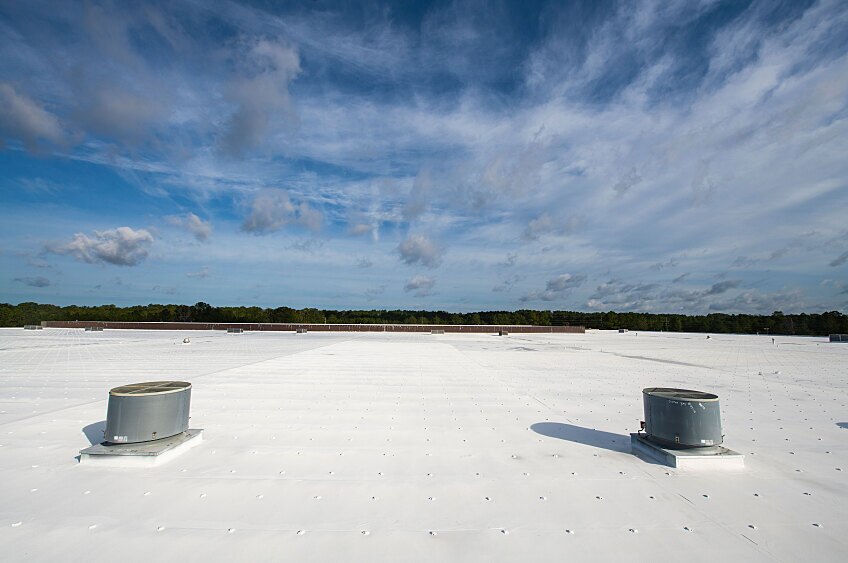Wind uplift is a primary concern when installing a retrofit single-ply roof system (RSPRS) over a structural metal panel roof. ASTM E 1592 physical testing was performed on three test roof assemblies in order to determine the wind uplift resistance of an RSPRS installed over existing structural metal panel roof systems fastened directly into purlins. This paper presents the findings and conclusions of that analysis.
Read the full paper Physical Testing for Wind Resistance of Retrofit Single-Ply Roof Systems Over Structural Metal Panel Roof Systems.
View more white papers from GAF on our Architect & Specifier Education Resource Page.

